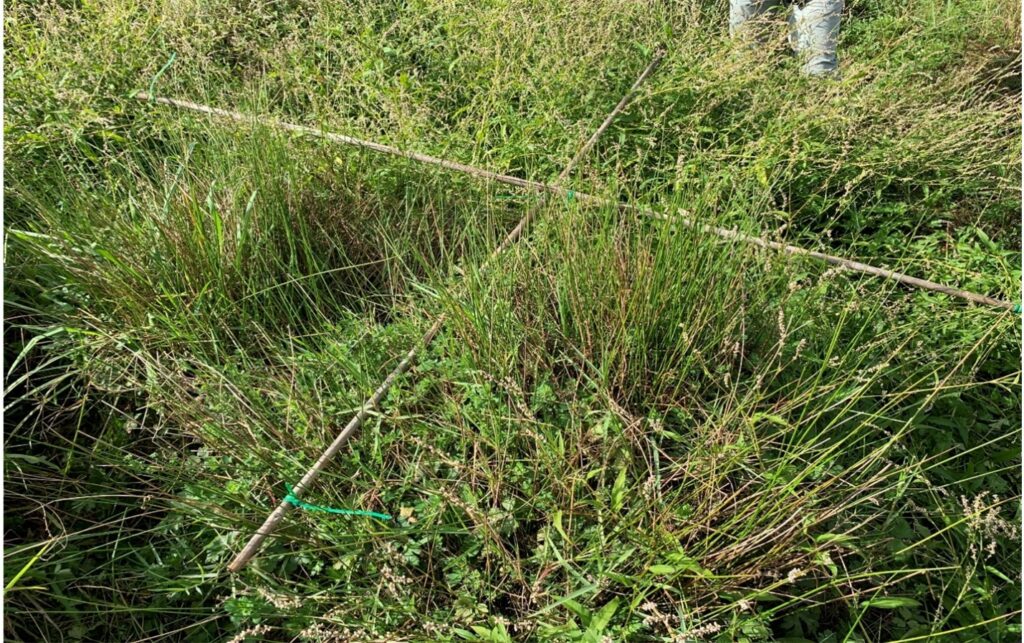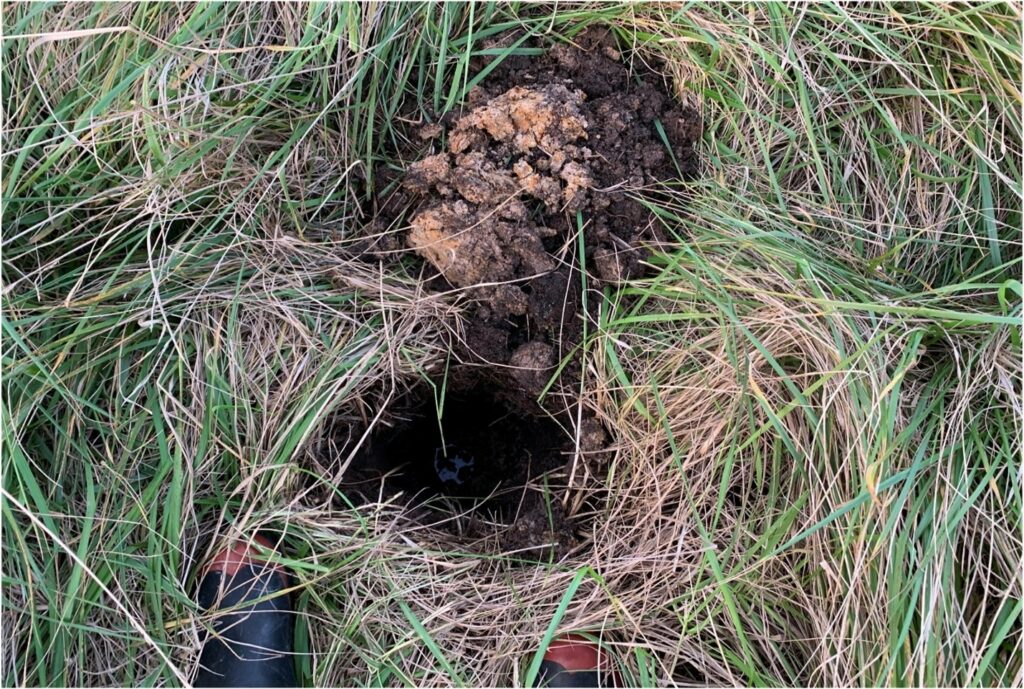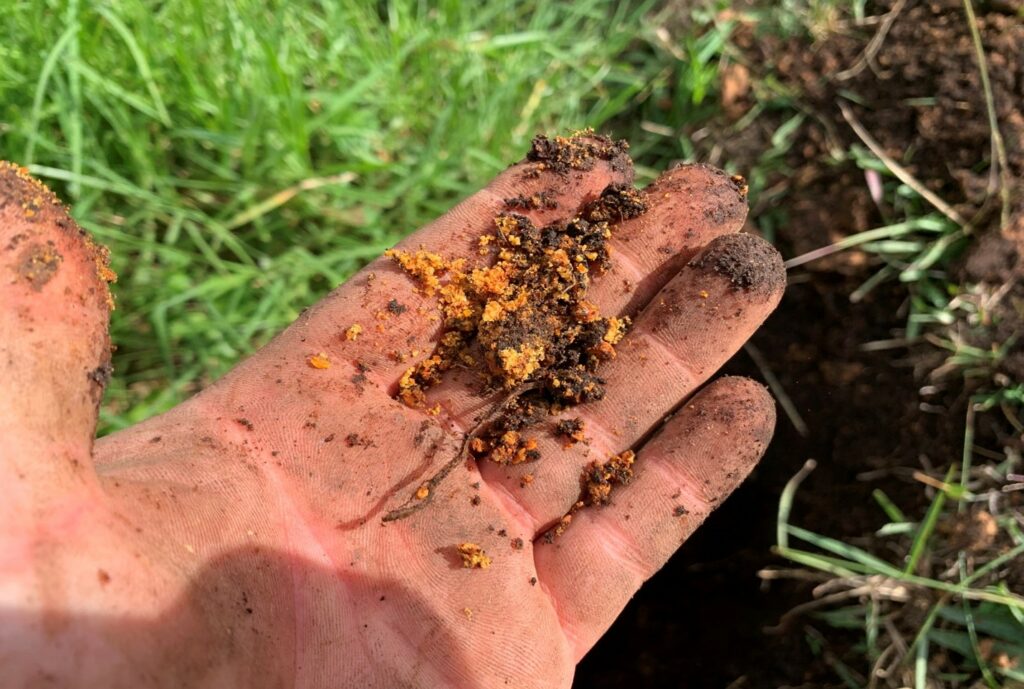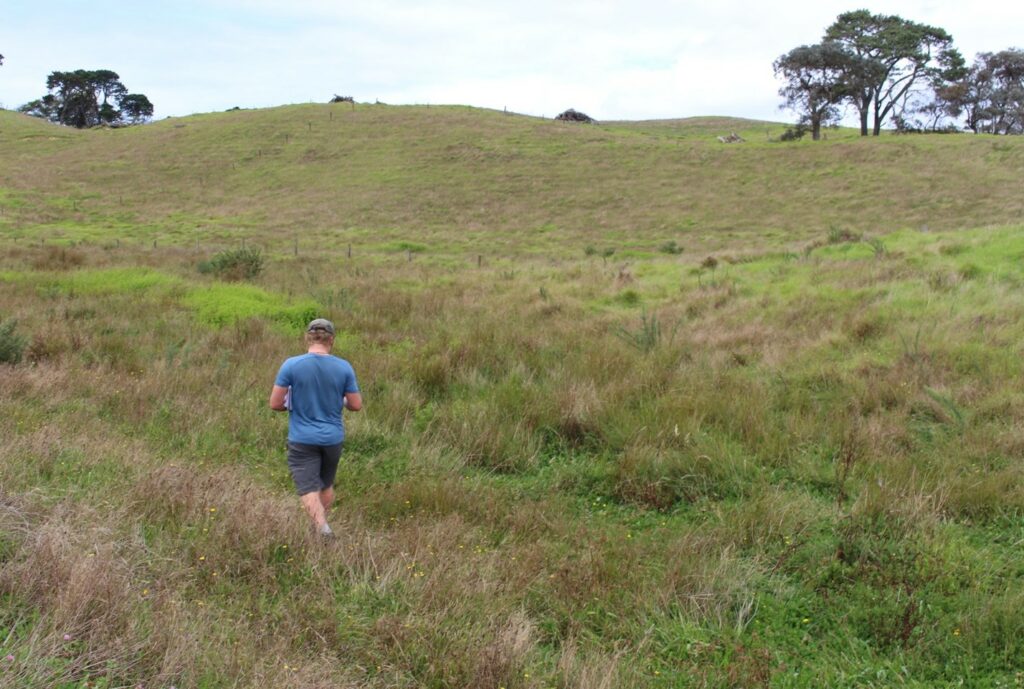The new National Policy Statement for Freshwater Water Management (2020) and National Environmental Standards for Freshwater (2020) have put wetlands in the spotlight, with a focus on identifying wetland habitats and reducing their loss and degradation across the country. Wetlands have become one of the rarest habitats in New Zealand after being historically reduced to less than 10% of their natural extent, largely due to anthropogenic activities. Wetlands perform important ecological functions for the environment – they are essentially the kidneys of the earth – and species that intrinsically depend on wetland ecosystems like the ‘Nationally Critical’ Australasian bittern have seen a drastic reduction in their range and numbers.



To combat this, the Ecology Team at Rural Design have been busy identifying and delineating wetlands across Northland and Auckland to inform property owners about wetlands on their properties. For example, a client may be wanting to subdivide their land or build a new home near a potential wetland and may require a wetland assessment as part of their consent. To determine if there is a wetland, we’ll visit the property and survey the land for streams and potential wetlands. This involves identifying vegetation types, deploying plots to identify plant species and their associated hydrophytic properties, determining percent plant coverage per plot, digging holes to assess the underlying hydrology, and then taking various GPS points to delineate the potential wetland extent. This field data is then collated and analyzed so we can map the wetland extent and streams using GIS software to inform clients, planners and Council about any wetlands present on the site and how any possible effects of the proposed development on the wetland can be mitigated. We’ve also been helping clients to restore wetlands by removing weedy species and planting native species along the edges of wetlands to improve the health of these freshwater habitats.



During our wetland assessments, we’ve been fortunate to observe an abundance of wildlife utilizing wetland habitats including threatened and regionally significant species such as Australasian bittern, banded rail and North Island fernbird. We’ve also come across kauri gum on many sites whilst digging holes to survey the soil composition. A rewarding part of our work is helping clients with protecting and restoring wetland habitats where these species have been observed. With every new wetland identified, protected and restored, the patchwork mosaic of degraded wetland features are slowly coming together to form a healthy, interconnected wetland ecosystem that facilitates the dispersal of fauna and improves local biodiversity. To us, that’s what it’s all about.

If you think you may have a wetland on your site and need some guidance or if you’re looking to restore it, please see our website: www.ruraldesign.co.nz


